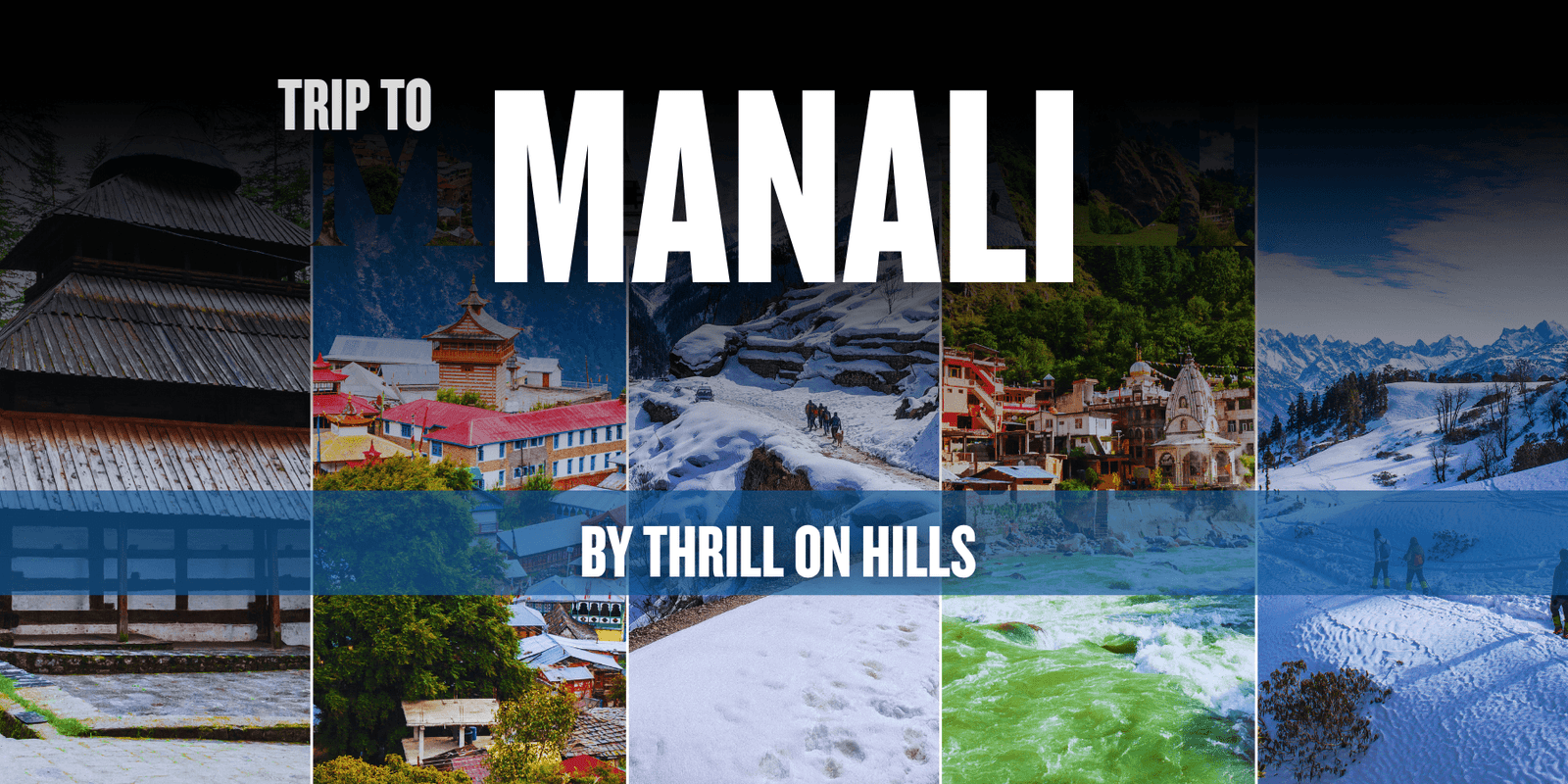
Why You Should Visit Manali in Monsoon – A Rain-Kissed Himalayan Escape
When most travelers think of Manali, they picture snow-capped mountains in winter or vibrant green valleys in summer. But there’s a magical side of Manali that many overlook — the monsoon season. From July to September, the Beas River swells with life, the mountains turn emerald green, and the air carries the refreshing scent of pine and rain.
Monsoon in Manali isn’t just a season — it’s an experience. Here’s why this rainy wonderland should be on your travel list.
1. Lush Green Landscapes at Their Best
The monsoon showers drench Manali’s valleys, meadows, and forests, turning them into a painter’s dream. Every shade of green comes alive, from the moss-covered stones to the deodar forests. The mist rolling over the hills adds a mystical charm that you won’t find in any other season.
Travel Tip: Carry a waterproof jacket and a camera — the post-rain light makes for stunning photographs.
2. Fewer Crowds and Peaceful Vibes
Unlike the bustling summer months and the packed winter season, monsoon brings fewer tourists to Manali. This means you can enjoy peaceful strolls along Mall Road, sip chai by the riverside without a rush, and explore viewpoints in serenity.
Travel Tip: Book your stay in advance for better deals, as hotels often offer off-season discounts during monsoon.
3. Romantic Weather for Couples
With misty hills, raindrops on pine leaves, and cozy cafes serving hot chocolate, monsoon sets the perfect mood for romance. Imagine sipping tea with your partner while watching clouds drift over the valley or walking hand-in-hand along a rain-washed path in Old Manali.
Travel Tip: Choose a riverside cottage or a stay with mountain views for the ultimate romantic experience.
4. Adventure with a Twist
While heavy rains might make certain treks risky, the monsoon opens up unique adventure opportunities. You can go for short hikes to Jogini Falls or Jana Waterfall, which are at their most majestic during this season. River rafting in Kullu is also thrilling, with the river flowing stronger and faster.
Travel Tip: Always check weather conditions before any outdoor activity and go with experienced local guides.
5. Budget-Friendly Travel
The monsoon season is considered off-season in Manali, which means lower prices on hotels, activities, and even travel packages. You can stay in luxury resorts at nearly half the price compared to peak seasons.
Travel Tip: Use the savings to try unique local experiences — like cooking classes for Himachali cuisine or guided nature walks.
6. Fresh Local Produce and Comfort Food
The rains bring a bounty of fresh fruits and vegetables to the markets. From crunchy apples to juicy plums, the flavors are richer this time of year. Plus, nothing beats the joy of enjoying steaming momos, Maggi, or trout fish as the rain patters outside.
Travel Tip: Don’t miss visiting riverside cafes in Old Manali for fresh, farm-to-table meals.
7. Photographers’ Paradise
For photographers, monsoon offers dramatic skies, lush backdrops, and ethereal mist for dreamy shots. Whether it’s capturing the vibrant flowers that bloom after the rains or the waterfalls cascading down hillsides, every frame is postcard-worthy.
Travel Tip: Carry a waterproof cover for your camera or phone to protect your gear.
Final Thoughts
A trip to Manali in the monsoon is for those who want to experience the Himalayas in their most natural, untouched form. Yes, the rains may bring occasional roadblocks, but they also bring life, color, and romance to the valley. With fewer tourists, lush greenery, and budget-friendly travel, it’s the perfect time for nature lovers, photographers, and couples to see Manali from a fresh perspective.
So pack your raincoat, waterproof shoes, and a spirit for adventure — Manali in monsoon is waiting to surprise you.
Frequently Asked Questions (FAQs)
1. Is it safe to travel to Manali during the monsoon?
Safety depends on rainfall intensity and road conditions. While the lush beauty is captivating, there are risks of landslides and roadblocks—especially during heavy downpours or floods. Checking weather updates and traveling with experienced guides is recommended.
2. Why are hotel occupancies so low in monsoon?
Tourist footfall drops significantly during monsoon. Reports show occupancy rates dip to around 30%, making it a budget-friendly option for those seeking tranquility.
3. What’s the best monsoon month to visit?
September offers reduced rainfall (about 99 mm), milder humidity, and clearer skies—ideal for travelers who want a balance of greenery and safer weather for outdoor activities.
4. What should I pack for a monsoon trip to Manali?
Essential items include waterproof jackets, sturdy footwear, protective covers for cameras or phones, and layers of clothing for variable temperatures.
5. Are adventure activities available during the monsoon?
Yes—though be cautious. Lower-intensity options like short waterfall hikes (e.g., Jogini Falls) or mild river rafting in Kullu can still be done, but always go with local experts due to unpredictable river flow and trail conditions.
6. Will my travel itinerary be heavily affected by rains?
Possibly. Heavy rains can lead to temporary road closures or delays, so build flexibility into your itinerary and stay informed about local conditions before heading out.
Recent Posts
Experience the Best of Shimla & Manali: A 5 Nights / 6 Days Journey from Delhi
Goa Tour Itinerary: 6 Days of Beaches, Culture & Fun
Char Dham Yatra by Helicopter vs by Road: Which is Better?




